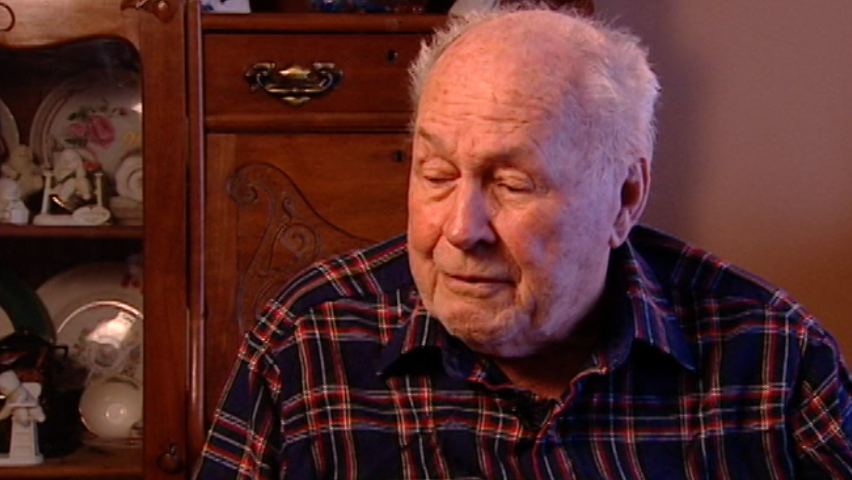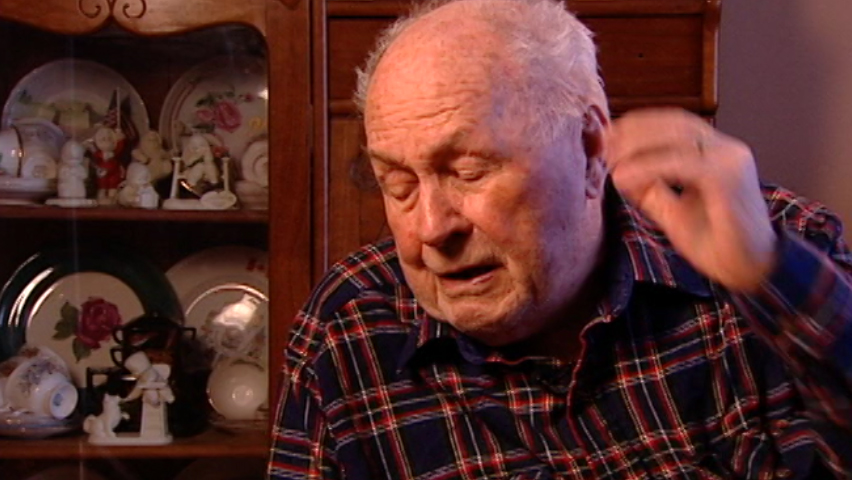Search
Search
Search Results
10 results returned within occupation Steward
Sinking of a sub, "maybe"
Submarines could be a hard target to confirm sinking. They could try to trick the navy into thinking it had sunk it by releasing debris and oil from its torpedo tubes. Mr Carroll describes a night that the ship he was on with the HMCS Sackville, a corvette, were credited with a "maybe" in the sinking of an enemy sub.
- Date modified:

